Your Story
The life beyond mere survival
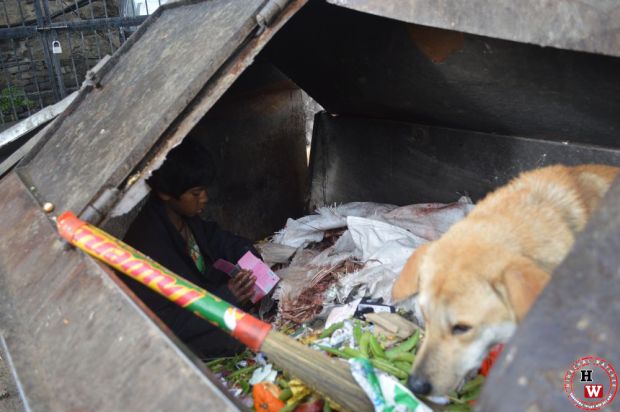
SHIMLA- A week ago, on a rainy and chilling cold day, I took shelter to avoid getting drenched. I had some time to take out my camera and try to click some rain showers. My eyes were scanning for a subject to shoot, and the best subject I could find was a ‘Kulcha Wala’, crossing the road, and a bunch of stray dogs trying to hack into a municipal garbage container.
It was funny to watch one of them half- struck on the container window. Well, the efforts entertained me, and moreover, it was worth efforts as the container is placed in front of a line of Dhabas near old Shimla bus stand. That means food waste or waste food is sure to end in that very container as that’s the nearest option available there.
Mostly, the stray dogs are friendly around here in Shimla, so, I just crossed the road to get a closer click. It was raining, and I didn’t want even a drop to touch my camera. In a hurry, I clicked a photograph, and without previewing it, I ran back to my shelter. When I previewed it, I realized the dog wasn’t alone; a boy sat on the garbage inside that container, looking for something, perhaps food, shelter from rain or some junk to play with.
It was really upsetting. Again, I crossed the road, and went on to confirm it. In any case, I didn’t want to make the boy uncomfortable with either my presence or that of the camera. I am not very much convinced with the idea of using such unfortunate sights as my subjects.
Still, I wasn’t able to ignore it, so, I clicked one more photograph, without being noticed. After all, it was an evidence of the truth about a childhood spoiled under immense poverty, and like I am going to get him justice on the bases of this evidence.
While I previewed the photo, I was caught in an emotionally driven contemplation on what I am ought to offer him, what the standard humanity laws direct: Is it money or food or pity? Pity is what he receives from most of the people, so, I had to decide from just two options. None of them convinced me more than momentary acts of kindness, and he isn’t the only one, many more wander the streets and search garbage heaps everyday. Meanwhile, the boy jumped out the container, which I didn’t notice. As I took my eyes off the camera display, I saw the boy walking away, and he didn’t appear distressed, neither his face had any clue of any feeling, it was plane like it wasn’t something odd for him, and then suddenly, like I have been reminded of it, I realized, it was not actually. Something was scary about that expressionless face of such a small kid.
After a little distance, the boy stopped and looked back at the bunch of dogs playing near the container and whistled. Nothing happened, so, he whistled again. This time, one of the dogs ran towards him, and the boy started to walk again with the dog following him. The dog was inside with him all the time he sat there. The dog had a collar tag around his neck, and the way he responded to the whistle, it was clear that it was a pet. Neither he begged nor did he request for the edibles from anyone. The cloths he wore were definitely an old school dress; a blue blazer with gray pants. He wasn’t completely homeless, and, may be, he lived with his parents in the nearby slum.
How would he survive this life devoid of joy, playfulness, surrounded by insensitivity, and with most of his childhood desires repressed only to haunt him in his adulthood? As he’ll grow up compromising his self-esteem, collecting hate of inequality from society, which will leave him as a selfish creature in the end, he’ll keep losing more of his innocence unless some miracle saves him.
For a moment, I felt the gloom of his mind like it was my childhood, and the boy was me. It was scary. How many of you would even dare to imagine sitting inside garbage container, no matter how heavily it rains or how hungry you are. Rather, most of us would cover the nose with handkerchief or won’t prefer to stand near to garbage. That’s what the noses of civilized society establish with ruling out any tolerance for the defiant irrespective of his circumstances. But the mind of a child knows survival more than it knows about the ego or self-respect. He’s likely to fetch a very little respect from the society and would eventually lose all for his own self. Here, the gates to the realm of moral and human values are closed too early for this kid.
An article on ‘Independent said’, “India has the largest population of street children in the world. There are at least 11 million of these kids, living or working on the streets, out of education, and not recognized officially in any way. Most charities think the figure is probably closer to 20 million”
The World Health Organization has described poverty as the greatest cause of suffering on earth. Let’s have a look on what he and millions others like him on the streets of India are exposed to while living under extreme poverty. Child Labor, malnutrition, and primary health services are the most common issues we read about often. Other than basics like food & shelter, treatment for physical diseases, one more crucial aspect is the mental health with all its established psychological, emotional, and cognitive consequences of growing under poverty in slums or streets. Unfortunately, this aspect mostly remains ignored.
Social Class Inequality
The society, especially in rapidly expanding cities, is shifting from caste base model to the economical class model where a person is assessed on scale with divisions among the higher class, higher middle class, middle class, lower middle class, lower class etc. In India, the middle class lives under strict financial security related stress.
The life below middle class is just survival. Biggest disadvantage of such a social model is that a higher group, at any point on the scale, discourages and looks down even at the immediate lower class and, at the same time, it’s jealous of the one above it. Towards the higher class from middle point, that is middle class, the stress of status maintenance gains momentum. In cities, the poor are the class based ‘Dalits’, and kids, like the one we talked about, do receive the hate of discrimination if they dare to peep into the higher social group. The seeds of hate are sown to be harnessed when he’ll be an adult. In case of caste based class, its even worse for the lower classes. Slum dwellers in cities share the same fate as those belong to lower caste do. An another article on New York Times throws light on one o the worst and shameful aspect of the lower class in India. It said:
“India’s widespread absence of flush toilets and sewer lines means much of the country’s human waste must be scraped out by hand, and then carried in baskets to dump sites. The people who carry out this dehumanizing task, almost exclusively women from the Dalit castes, experience severe discrimination. Among the Dalits, those who are born into the lowest castes handle these jobs and are put under immense social pressure to take up the occupation themselves. Since independence, discrimination based on caste has been banned and a law banning manual scavenging was passed in Parliament in 1993, but it didn’t ban dry toilets and had no employment aid for former workers. It has gone largely unenforced.”
Vulnerable to Child Abuse
Many studies have shown a high correlation of child abuse cases and children living under poverty. According to a study conducted by the ministry of women and child development:
“The overall incidence of physical abuse among street children was 66.8 per cent. The majority of the street children facing physical abuse are in the age group of 5-12 years. Around 55 per cent of the street children reported having undergone sexual abuse. These included children in family environment, those attending schools, those in institutional care and street children. Out of these, 2,317 children (18.6 per cent) were street children.”
Another source, A Situational Analysis of Street Children in Metro Cities, tells:
“The majority of children living on the streets of India are repeatedly exposed to maltreatment ranging from child labor, child trafficking, sexual exploitation, and many other forms of violence and abuse.The report also states, that one in every four children living in difficult conditions in metropolitan cities of India fall victim to substance abuse. More than half of the kids are illiterate.”
This is like watering the already sown seed of hate.
Most likely, the rate of child abuse in India is far greater than recorded in official documents. A great number of cases in higher classes are suppressed either through threats to the child by the abuser or the parents themselves due to pressure of maintaining social status, thus being acceptable. In such a scenario, children living under poverty laden slums or streets, have a very little scope of being herd even if they try to cry out their pain.
Distorted perception of family and social relations
If you could remember the slum scenes from the film, Slumdog Millionaire, you might use it to visualize the common environment in most of the houses in slums. There are books and researches on street children and children living under extreme poverty in slums. The parents are either laborers or they survive taking occasional odd jobs like toilet attendants, sweepers, garbage collectors or a peon at most.
It’s very hard to expect poor but a happy family life for such children. The family lives in a single room shed, and there isn’t any scope for the moral codes like no bad language, no smoking and drinking in front of children. The early exposure to domestic violence amidst unending inadequacies adds to the repressed childhood and the children are likely to believe what they learnt about the relations and social adjustments. Here, the kids receive another dose of hate. What do we expect to a kid to give back to the society while he grows in an environment that lacks affection, care, and love? Now, the hate is accompanied by sprouts of inherited insensitivity.
Devoid of education and imbalanced/missing supervision
According to Census 2011 data:
“An interesting demographic co-incidence is emerging: India now has almost the same number of poor people as illiterate. India has 270 million people below the poverty line (the new poverty numbers released in July 2013) and there are around 272 million illiterate people in the country. Contrast this with 2001: the country had 304 million illiterates and 400 million people below the poverty line. The difference may appear small but the general poverty number for the last 40 years or so has stood around 400 million.”
Even in a state like Himachal, where the literacy rate is high, it is true that this rate is just based on the number of admissions into the schools, and not on the literal definition of literate. Majority of these kids either ends up with dropping the school before matriculation and at matriculation at maximum. What they learn in government schools is cramming and copying from self-help books or they get conditioned for punishments. Lack of healthy supervision from parents also contributes to early drop outs.
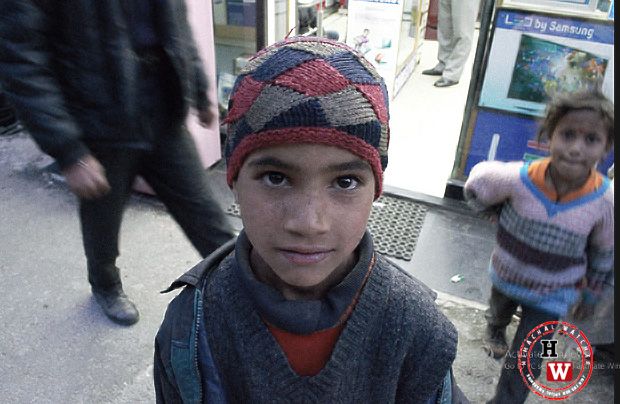
The supervision is either irrationally strict with routine physical punishments with no regards to rewards or it’s missing mostly. Punishment and reward are two natural tools of the childhood learning. For a normal growth, these tools must be present in a balanced ratio. For such unprivileged children, balance doesn’t stand a chance as mostly the punishment is the quickest tool to fix the issues temporarily.
While the child grows under such a distorted reality, at adolescence, the repressed hate feels like a pressure bomb, and the ego looks for vents to release before it drops below the point at which the life ask a minimum level of ego to survive. As they learned from their early lessons, it is released through defiant and self-centered actions and aggressive, inappropriate responses to rest of the society.
Mental health and substance abuse
A report by ASSOCHAM Ladies League said:
“While living on the streets, kids are compelled to seek refuge in crime rings to avoid police harassment. They’re eventually pushed into substance abuse as a way of coping with life’s difficultties. While more than 35 per cent of street kids reported to have been on inhalants (solutions), 21 per cent said they smoke, 16 per cent are hooked to cannabis, 12 per cent to alcohol.”
The highest group which stands most vulnerable to ill mental health is that of these adolescences which grow up in an unprivileged socio-economic atmosphere. An article based on a study titled Supportive parenting mediates widening neighborhood socioeconomic disparities in children’s antisocial behavior from ages 5 to 12’ states:
“The stressors, uncertainties, and low social standing that accompany living in a low versus high socioeconomic status (SES) are also believed to deplete energy, predict negative emotional states, and lead to a pattern of behavior known as ‘reactive responding’. Reactive responding is often characterized by chronic vigilance, emotional reacting and sense of powerlessness when confronted with environmental stressors. In line with this theory, parents living within low-SES contexts have been found to overuse negative control strategies, fail to adequately monitor children and exhibit low warmth and responsiveness. Prior research also suggests that it is the absence of supportive parenting, not just the presence of negative parenting that mediates the relationship between low SES and child well being.”
An another research do confirm the inverse association of sound mental health and substance abuse. It claimed:
“Poverty is associated with many long-term problems, such as poor health and increased mortality, school failure, crime and substance misuse. Epidemiological studies throughout the world have demonstrated an inverse relationship between mental illness and social class. Psychiatric disorders have been consistently shown to be more common among people in lower social classes. The prevalence of psychiatric disorders, including neurotic disorders, functional psychoses and alcohol and drug dependence, was investigated in surveys.”
If I consider my childhood under all such circumstances, I would definitely fall mentally ill with one disorder or other, and, to cope up with the hellishness of these disorders, either it would need psychiatric drugs and positive reinforcement through affectionate, professional counseling, or I would go for substance use to escape the mental stress. Anything that could alter the state of mind and deviate away from the pain of harsh memories is acceptable to survive at this stage of life.
Anti-Social Behavior
I guess, most of us know how a drunkard or doper would react the sophisticated critics of the society. Again, the studies have confirmed a strong relation between poverty and anti-social behavior including substance abuse. Lack of affectionate rewards in life sharpens the knife of vengeance to the one who hurts most.According to the information available on Wikipedia:
“Street children adopt strategies to cope with the harsh realities of their lives. For many, these strategies include developing a tough exterior and strong independence to hide their vulnerability. They live in survival-mode, constantly having to be aware of their surroundings and fight for their safety. These circumstances lead children to engage in behaviors that children in families typically do not, such as creating a new identity, using aggression frequently, and valuing relationships based on what can be gained from them.”
The bad news is that despite significant economic progress, one quarter of the nation’s population earns less than the government-specified poverty threshold of 32 per day (approximately US$ 0.6).
Talking of mass poverty and social inequality in India, In an article published on Global Reserach, Colin Todhunter, wrote:
“After 22 years of neo-liberalism, how much weight do the arguments set out above hold? The poverty alleviation rate is around the same as it was back in 1991 and even in pre-independence India (0.8 percent), while the ratio between the top and bottom ten percents of the population has doubled during this period. According to the Organisation for Co-operation and Economic Development, this doubling of income inequality has made India one of the worst performers in the category of emerging economies.”
The point is, food and shelter aren’t the only things the kid is devoid of. Subjectively, he is going to encounter a huge loss. The boy could survive, he could beg, he could steal, he could do anything to survive. On Indian government standards, a man who is earns Rs. 32 per day isn’t below poverty line. The system views eradication of poverty as per this standard. However, is that sufficient, just to survive.? Other component of it is the quality with which the citizens of a nation spend their lives, which is, in case of India, with its present political culture and governors, appears to be many light years away before the country could see poverty free days.
References:
http://bjp.rcpsych.org/content/186/1/4.full
http://www.ncbi.nlm.nih.gov/pmc/articles/PMC3551477/
http://blogs.independent.co.uk/2013/10/30/indias-slumkid-reporters/
http://en.wikipedia.org/wiki/Street_children_in_India#cite_note-Bose-3
http://www.indiaspend.com/sectors/at-270-million-indias-poverty-equals-illiteracy-75570
http://www.firstpost.com/india/35-of-delhis-street-kids-are-dealing-with-substance-abuse-survey-962495.html?utm_source=ref_article
http://articles.timesofindia.indiatimes.com/2010-01-14/india/28117766_1_street-children-sexual-abuse-integrated-child-protection-scheme
http://www.researchgate.net/publication/225848672_A_Conceptual_Framework_for_Understanding_the_Relationship_Between_Poverty_and_Antisocial_Behavior_Focusing_on_Psychosocial_Mediating_Mechanisms
Your Story
“This is a ladies seat”
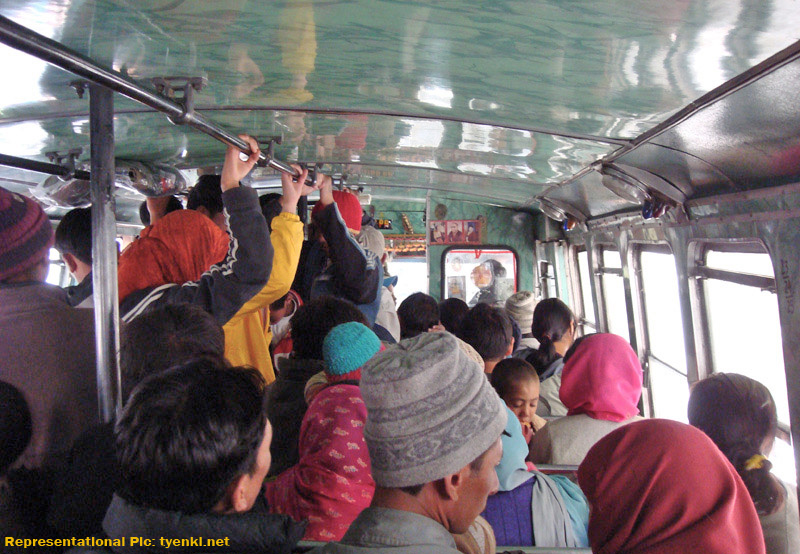
Shimla: Until now, I didn’t know the difference between a lady and a middle-aged woman when a ‘LADY’ on a local bus helped me distinguish it. While travelling in an overloaded local bus today, a voice from somewhere in the middle of the bus cracked into my ears saying “ye ladies seat hai.”
The irony of the situation was that the person who was trying to capture the so-called ladies seat was herself a lady, probably in her twenties. But, to my conscious, I came to know that women in their twenties are not considered ladies by other middle-aged ladies’. And, with no guilt, the ‘LADY’ took a seat proudly while the little ‘GIRL’ uttered softly but furiously “aap hi beth jao.”
The percentage of reserved seats for ladies in a local bus in Shimla is almost 50%. But this does not imply that women who are well built and enjoy a good health condition also cannot manage to stand for a few kms.
Reservation in India as a whole had already been criticized for a long time now.
But asking for a reservation for women and also granting it is not making women stronger or acceptable but weaker and vulnerable.
Women aren’t any minority in India who needs a reservation to prove themselves. And all women who think they need it are not strong enough to empower themselves.
Author: Tabbu Verma
Disclaimer: Himachal Watcher may not necessarily share the same opinion as expressed by the author.
Your Story
Weeklong Harassment by Shimla’s Electricity and Water Departments

-
If you have a property (house) in Shimla but you don’t stay here, you could end up paying a price for it. Price not only in monetary terms but in terms of undue stress and pain.
I had been living in Rajasthan for a few months now, leaving home in Shimla only to return for the surprise of my life.
In today’s technologically advanced system, I could be considered liable for a moment, but what transpired because of my negligence (if you may) is something I don’t want anyone else to go through. This is why I’m sharing my bitter experience with the electricity board and water department in Shimla.
Living away from hometown, I should have paid water and electricity bills for my home in Shimla. I should have; but, due to negligence or over involvement in personal chores, I was unable to pay the bills online.
All the while, I had it in the back of the mind but I thought I will pay the bills (with whatever penalties) in person the next time I am in Shimla.
I thought it would be easy. Instead, I was for a week of mental trauma.
When I came back to Shimla, a few days back, there was no electricity and water supply to my home.
Worried not bewildered, I lived with it for the night and planned a visit the concerned departments the next morning, to clear the pending bills and have the water and electricity supplies restored.
To my surprise, it wasn’t as easy as I expected it to be.
When I went to pay the electricity bill at Lakkar Bazaar ( the area where my house is), I was asked to go to the main office of the electricity board in Sanjauli. I went to Sanjauli, where I was told that electricity connection to my house had been cut, and I needed to apply for a new connection.
I was told a fresh file, for a new connection, had to be made.Now I was certainly bewildered.
From then onward, I was sent from one electricity office to another for different papers. To the DC office for affidavits– all the procedures had to be done from scratch.
It took almost a week (six dark days precisely)to complete the entire procedure afresh. All this while I didn’t find one person in the electricity board who cared for the mental trauma I was going through or how my family would be living without electricity.
Finally, after innumerable visits to various offices of the electricity board, I took the file to the JE office in Snowdown hospital.
Here, I was meted with a shock. The courteous JE informed that my family didn’t have to stay without electricity for so many days, neither did I have to go through all the pain. JE said ‘power supply could have been restored to my home in matter of few hours after the bill payment and the process for new application could have been followed thereafter.’
He then sent a person from his office along with me to the concerned office in Lakkar Bazaar. Finally, we saw a bright night at my place.
JE was the only person in the entire electricity board who talked nicely, gave me correct guidance and helped solve my problem.
My worries were not just limited to the electricity board. I was all this while simultaneously running pillar to post to pay my water bill and have the water supply restored.
The issue was an elaborate water bill, which was beyond anyone’s understanding. For us, we should have only been charged the meter rent because we had not used water for months.
This is when I learned about plugging connection. When you are not at home and would not be using water for months, the water department requires you to plug the connection.
This ensures you’ve only billed the meter rent and not for the usage (though, how do you end up using water when you’re not home stays an arguable story for me).
During the weeklong process, I was not only without electricity at home, there was no water too.
Considering myself a defaulter, I silently kept doing what the office bearers in the department were asking me to do.I was ready to follow the procedure but it was such a pain to see that no officer was considerate enough to help resolve the issue soon. Instead, I was made to run from one office to another with documents that were not even required.
It took me eight long days to pay the pending bills, apply to have the water meter plugged, and to have water supply restored to my house.
This was it, I couldn’t have taken anymore but the water department wasn’t done with its lackluster attitude.
After a month of submitting the application to get the water meter plugged, I again received an inflated bill. I called the water billing office for clarity.
After making an infinite number of calls, I was finally informed that the water meter of my home was still not plugged.
Alas! What had I done wrong to deserve this?
Immediately, I called up Mr. Laxmi Thakur (the person) responsible for plugging the water meter. He said ‘Madam, I plugged your meter the same day you asked me to’.
The linesman was a helpful fellow.He took it upon himself and went to the billing office to check why I was still getting huge bills despite the meter being plugged.
Post inquiry, he informed me that my file had reached the water department from Mayor’s office the same day I submitted it but people in the billing office didn’t update the same on their computer systems.
With Mr Thakur’s efforts, my bill was recreated with the correct amount, which I then paid off instantly.
Awareness tips
•If electricity connection to your house is disconnected for non-payment of a bill, go directly to the JE of your area. The JE will escalate the matter and power supply will be restored. Now, follow the formalities, as guided, and get a new connection
•If you have property in Shimla but you’re out and not using IPH water supply, get your meter plugged to avoid rentals above the meter rent
By Rajni, Shimla
Photo: Sk-bent ex
Your Story
Sensitivity where art thou, Shimla cries for you

Times are changing alright; we are progressing with age and time has come when pace of Shimla is matching the pace of most developed cities in India. Time was when modesty, selflessness and compassion flowed through the heart of residents of the Queen of Hill. With development and large scale urbanization, the mindset of the town is changing – and the change is demeaning the basic culture and charm of the city.
Development and urbanization are slow poison to say. Initially they taste refreshing – refreshing to the extent that humans are lured so magnetically to them. Culminating effect is fatal. Shimla is sipping on this slow poison and is headed for self destruction.
Who is to blame? Finger pointing comes naturally to Indians, so when I ask this, all of us will have our fingers pointed at the administration.
Constitutionally this is correct – and why not, the administration and public representatives we have voted to power are responsible for it all. If there is uncontrolled urbanization – government policies should have been framed to avoid it. If there is unmanageable garbage on roads, pollution in the air and contaminated water in the taps – administration should have strict measures in place. But, considerable citizens are we the main contributors to this?
I once read “your character is what you are when you are alone”, and it has stayed with me ever since. I bring this up to validate my point. We citizens are primarily responsible for the rumpus we confront in the town of late.
Himachalis, the residents of the abode of snow, are by virtue sensitive to change, sensitive to our culture and sensitive to the surroundings. Thus, for Shimlaites this sense of sensitivity comes by default.
Change is the only constant. Change we must and so we are steadily. We are more literate, more monetarily concerned and at near prime of a standard of living. Culturally we are still rooted – probably our previous generation has instilled this sense in us. Concern looms on our sensitivity to the surroundings.
We are literate, but our education has defaulted somewhere. We are concerned but our sensitivity is lost somewhere. We blame but our self-conscience has gone astray.
Back in school (this would be some 20 years back) moral science and civics was taught to me. Back then I never realized how my consciousness towards little civic duties and efforts towards betterment of my surrounding would make a difference. Today I realize it, but my neighbour makes me believe, I am in the wrong part of the world with an unwanted conscience.
How justified is it then to be the run off the mill? Is what your neighbour doing the correct way to do things, I often ask this to myself. I don’t get an answer – an answer is difficult to find because ‘this is India and nothing is going to change here ever.’ This cliché must have reached your ears a number of times. I am growing old listening to it.
Certainly this is not how it should be, at least that sensitivity instilled in me by being part of the hill state, tells me so. Calling out to all who follow – Change we must!
Change to ask questions, why my rights are being murdered by incapable, narrow sighted governance. Change to come to terms with my sensitivity to question that neighbour who stays and feeds on my city’s resources but fails to do his bit in return. Change to question my own acts when I’m in public or when I am walking down the road by myself.

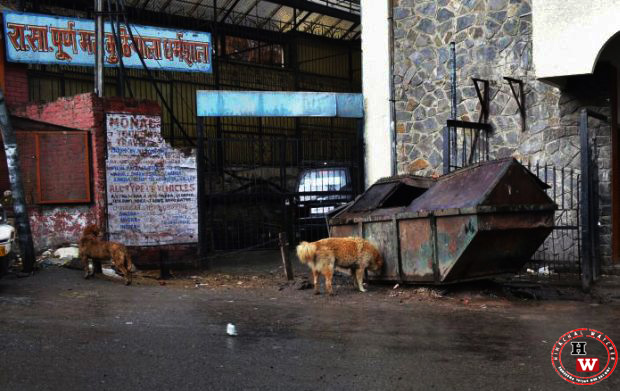
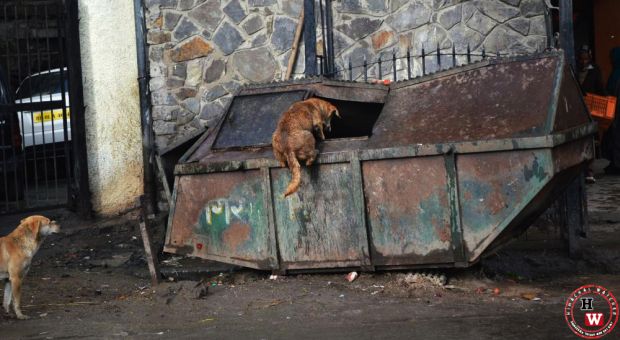


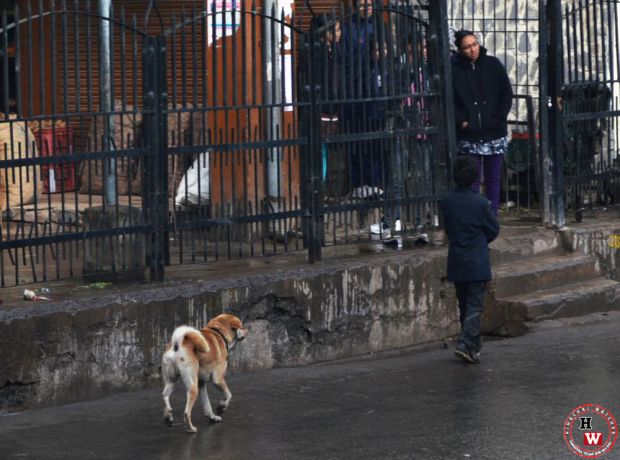
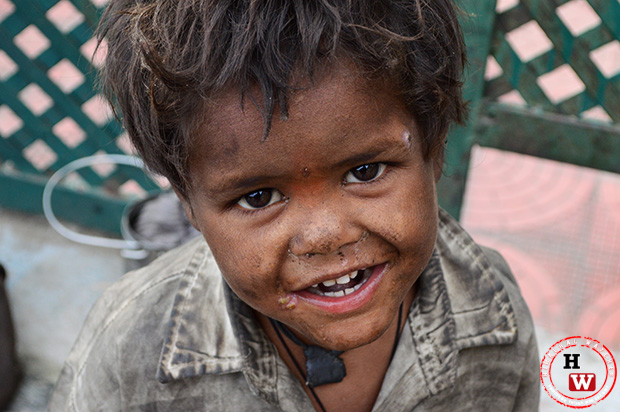

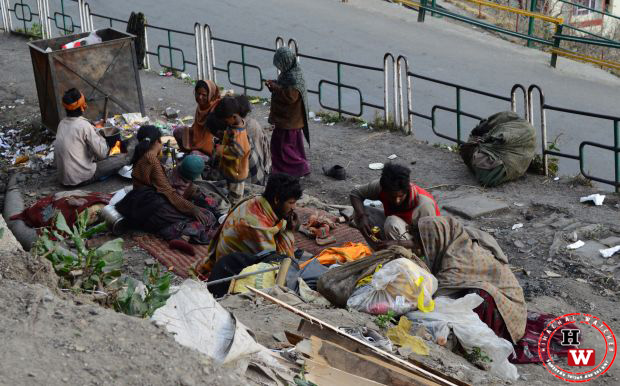

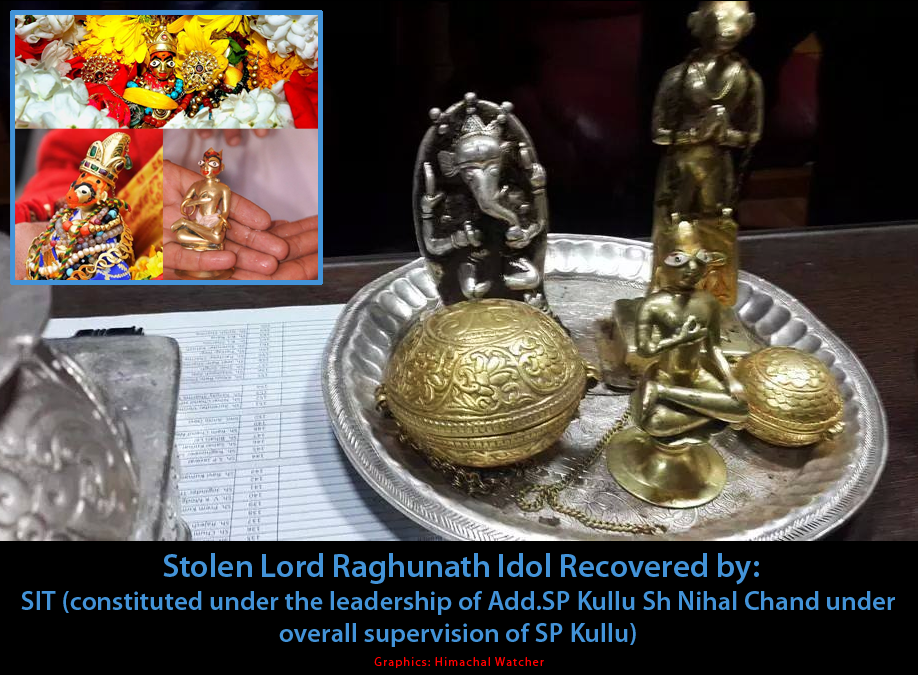
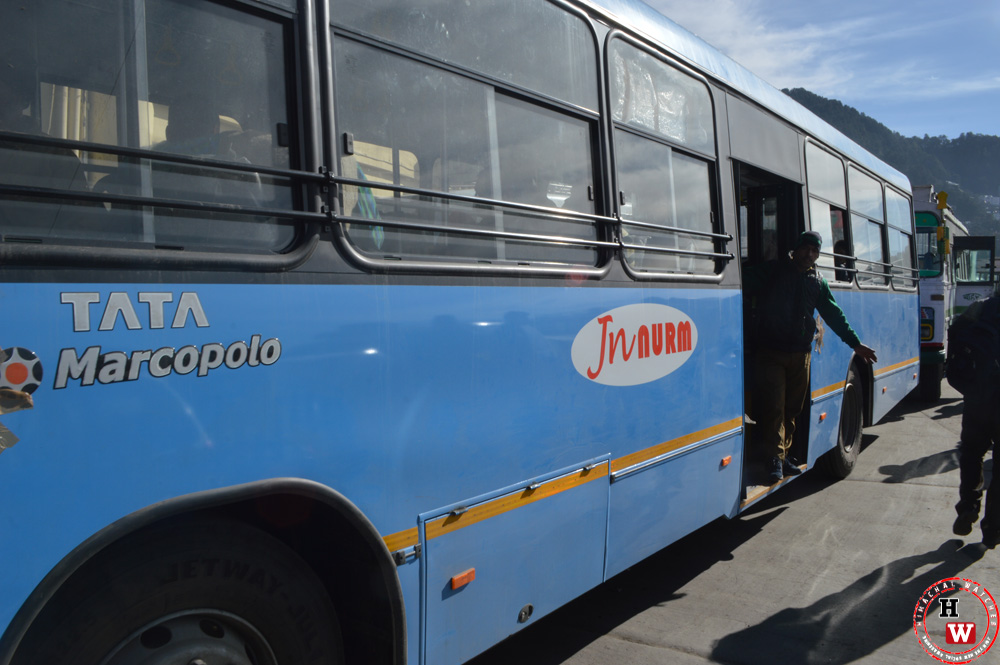
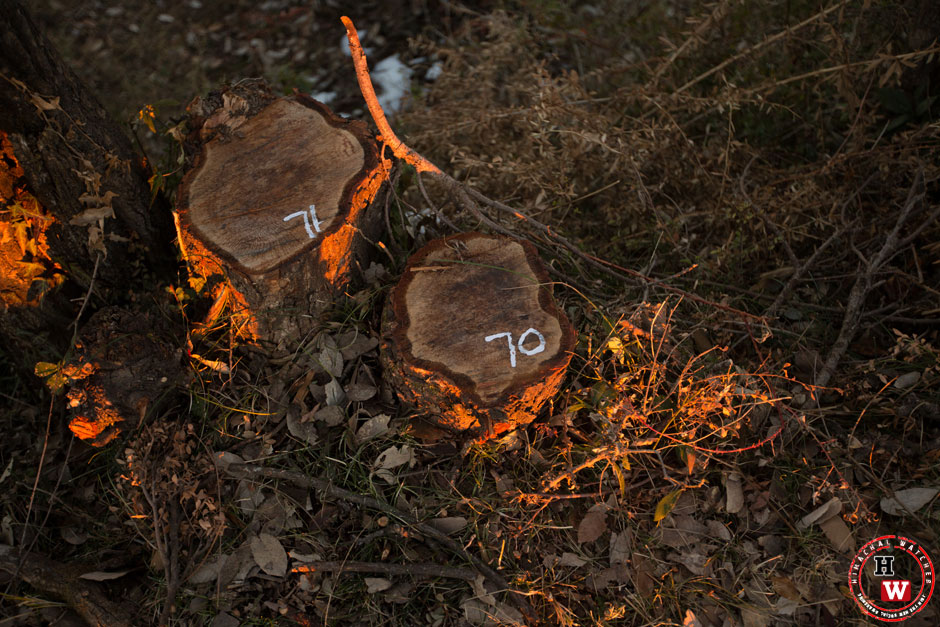






 Home Decor Ideas 2020
Home Decor Ideas 2020
